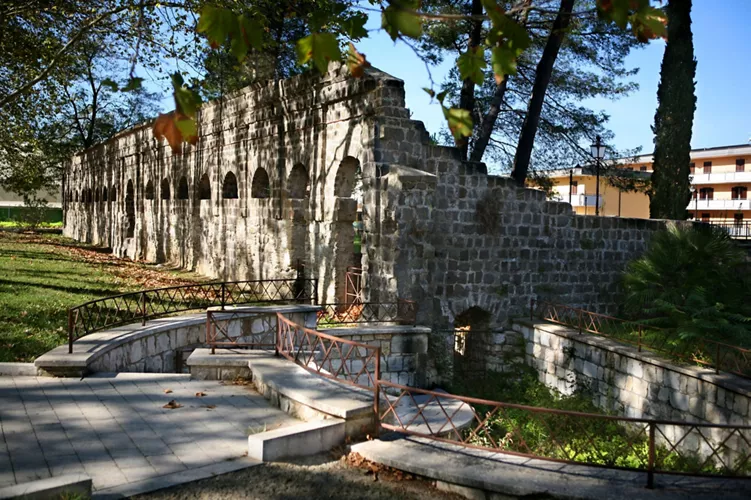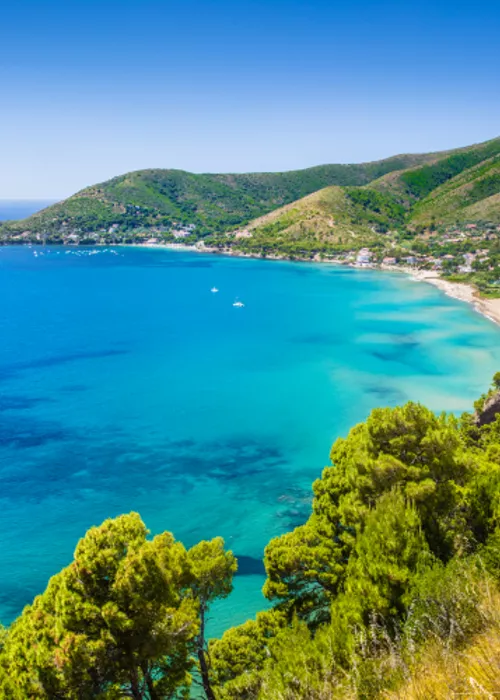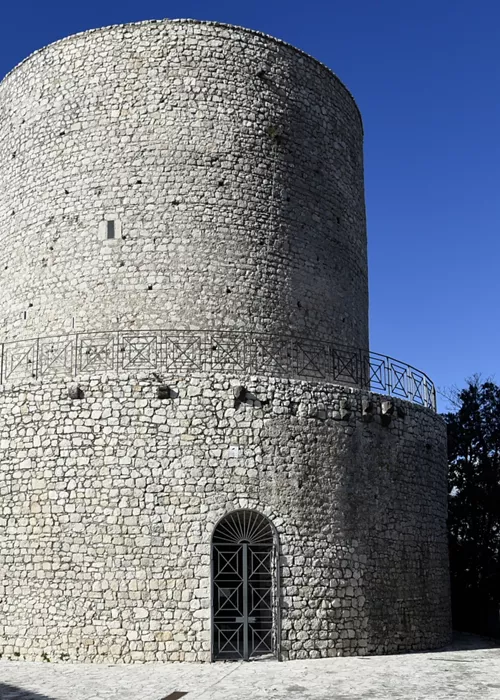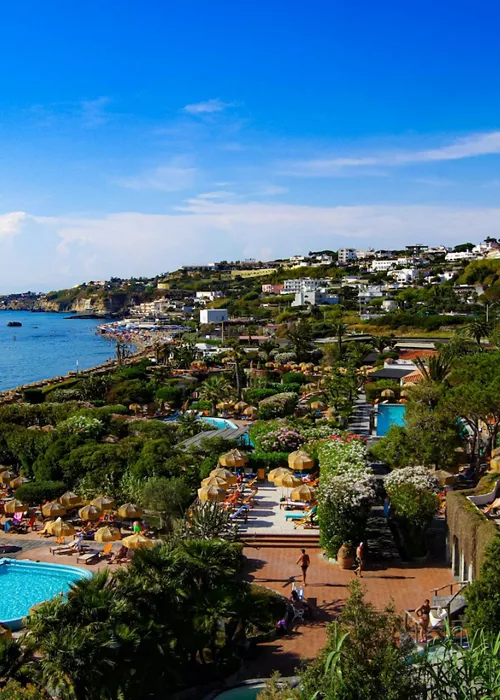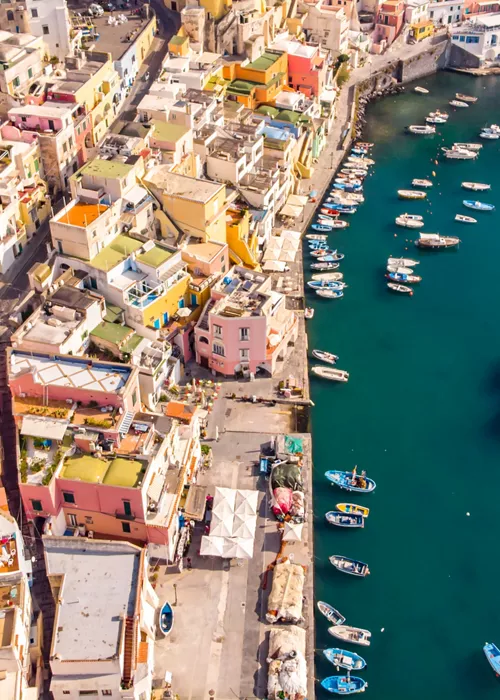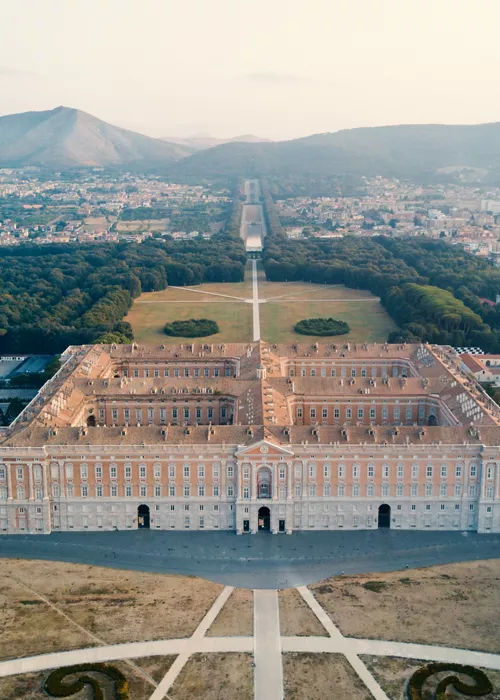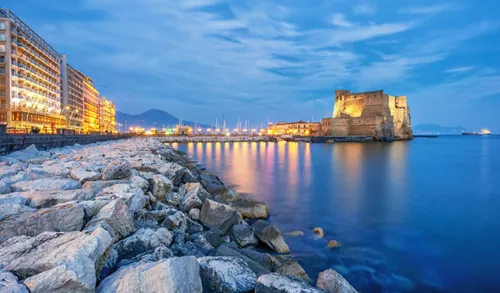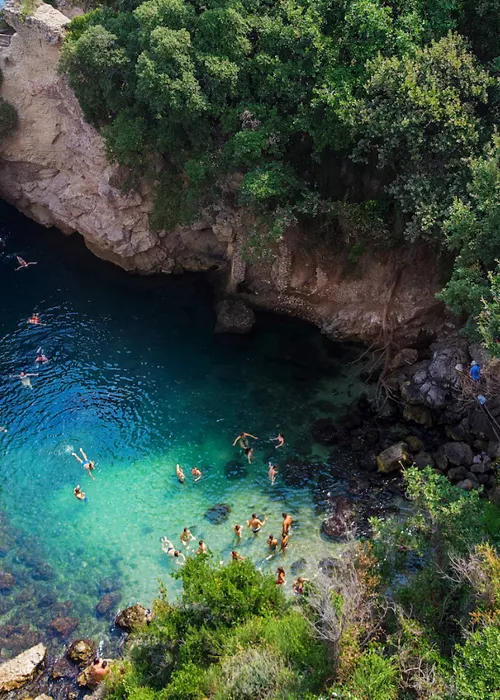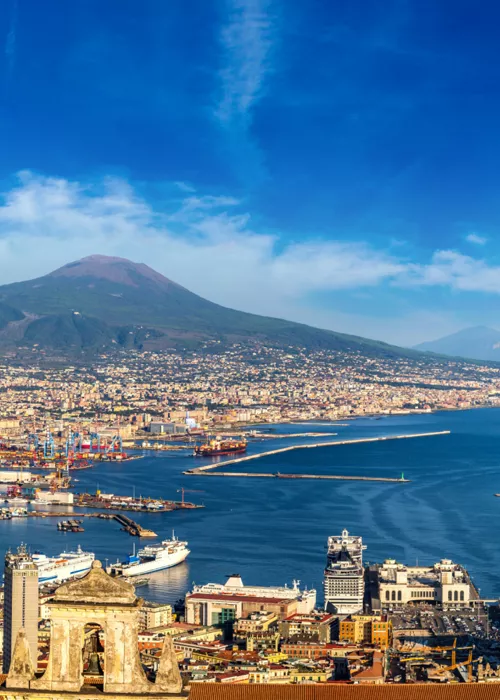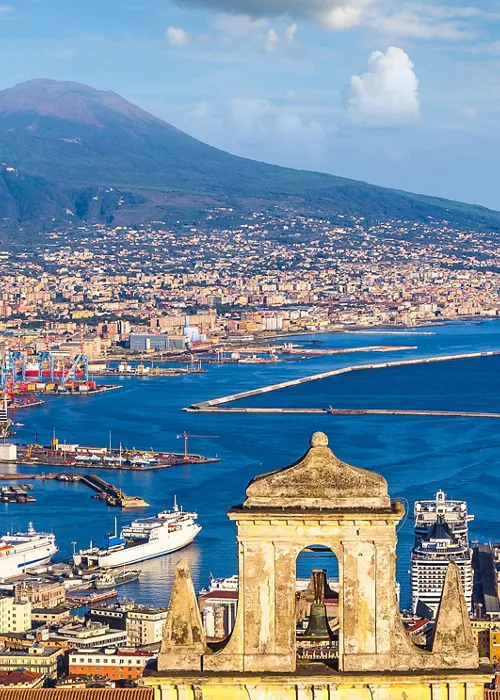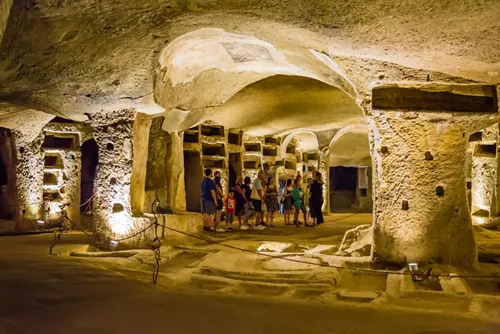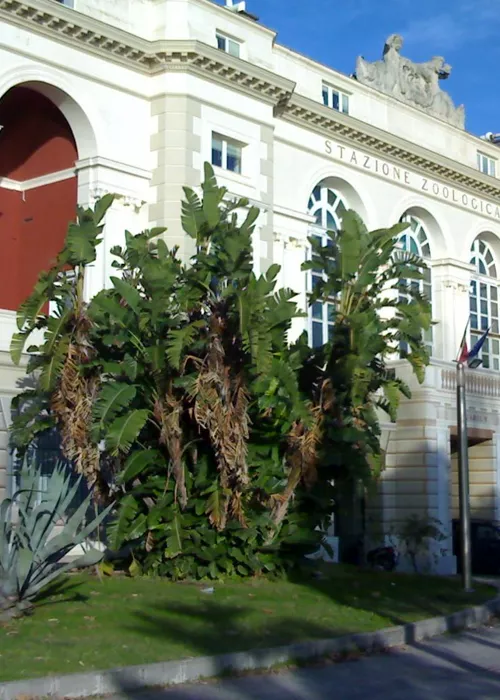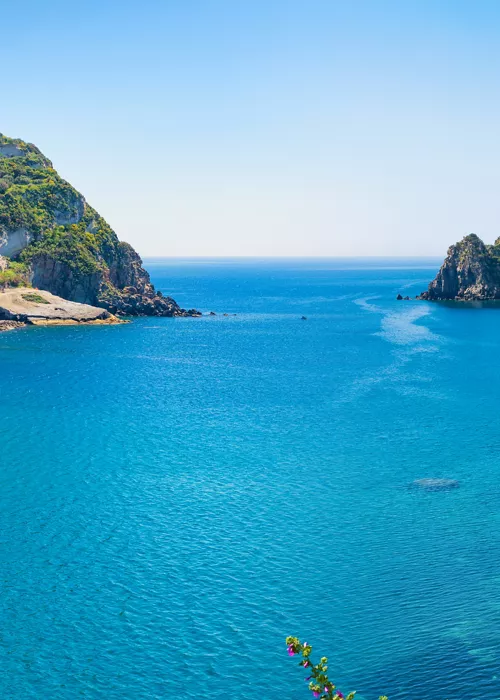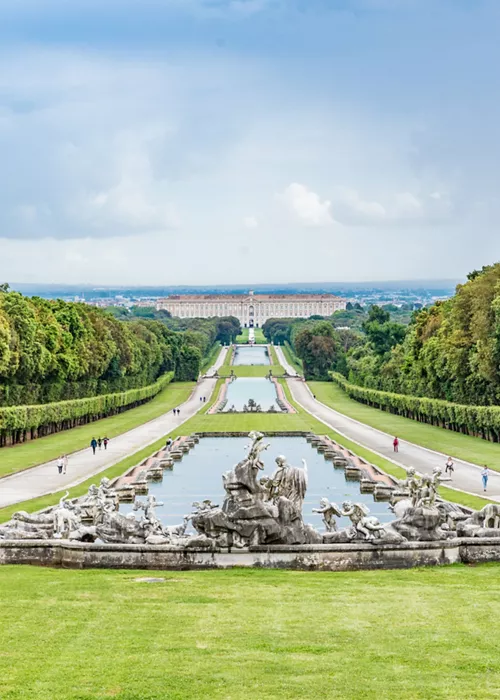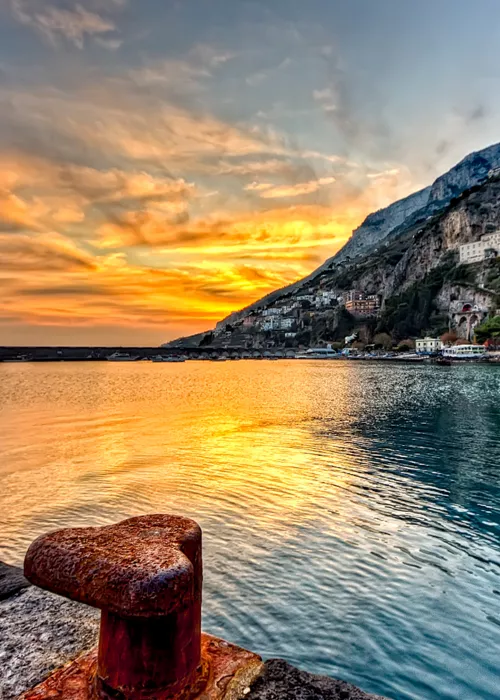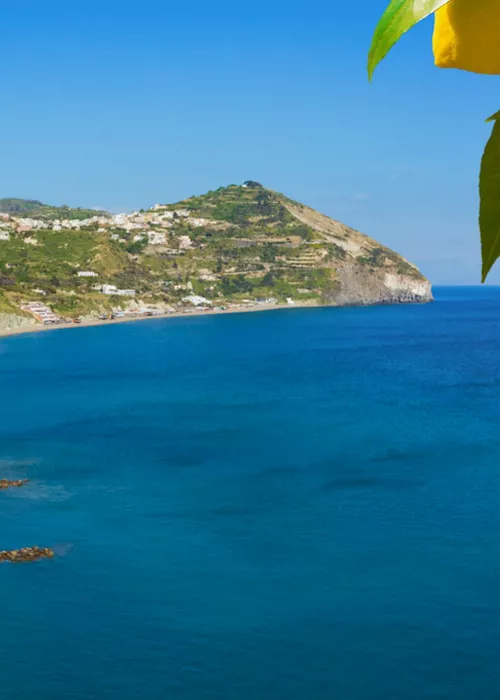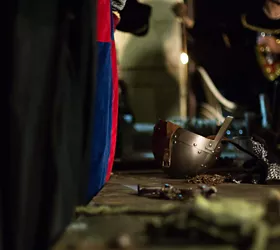The thermal baths of Telese and the miracle of effervescent water
There is no better place to schedule a stop than in Telese Terme to discover first-hand what wellness means.
In the centre of the Telesina Valley (BN), on the right bank of the Calore River, the ancient village, once called Telesia, is an important stop on the Southern Via Francigena. Those who stop here will find a bell tower with a history stretching back thousands of years and thermal spas with redeeming powers.
At the foot of Mount Pugliano, at whose slops the sulphurous mineral water springs feeding its thermal establishments flow, Telese Terme will amaze you with tailor-made pampering.
The bell tower, the only one to have escaped the earthquake
The tour of antiquities here in Telese is quickly over: one of the few remaining monuments of medieval Telesia, completely razed to the ground by the earthquake of 1349, is the bell tower, in Vescovado: it rests on a rectangular base, 17-metres high, among the rarest and most valuable Romanesque-Norman buildings in Campania. Built with materials from Roman Telesia, it is decorated with brickwork motifs and the opus reticulatum technique and all that remains of the ancient Cathedral of the Holy Cross, erected in the 10th century, later rebuilt under the name of Holy Mary of the Trinity.
Thermal waters, a treasure from the depths
The first reports of Telese’s sulphurous waters date back to the time of the violent 1349 earthquake, which devastated the Telese countryside, razing the town to the ground. The frequent and intense tremors, which lasted a long time, not only caused the springs to surface, but also caused episodes of sinking, disrupted the soil, giving rise to ponds, swamps, like the famous Lake Telese, and carbon dioxide and sulphur dioxide exhalations that made the air unbreathable for a long time. However, the first studies on their therapeutic virtues date back to 1734, with the publication of De acidulis telesinis dissertatio, essay by Tommaso Bruni.
Today's establishment of the Telese Spa Park, which still uses those waters for spa treatments, owes its fortune to the far-sighted intuition of the Minieri family, who, in the late 19th century, succeeded in obtaining a contract and giving life to what was then called the Great Bathing Establishments of Telese, whose departments are still immersed in a large park of centuries-old trees where you can stroll among the spring basins, pools and many recreational facilities.
La belle époque of the ancient Jacobelli Spa
For a picture of what the facilities must have been like then, visit the ancient Jacobelli Thermal Baths, at the junction of Castelvenere, Solopaca and Telese, which were transformed into a nature park in 2008 after extensive renovation. Founded by knight Achille Jacobelli of San Lupo and inaugurated in 1867, the Jacobelli Baths were, according to records and what remains of the bathing cabins, swimming pools and bouvette, a charming place, surrounded by greenery, with a beautiful portico to rest and two fountains for bathers.
Hiking at the water's edge
Still on the subject of water, and still between Telese and Solopaca, you will also find the small Telese Lake, not far from the banks of the Calore river. An enchanting body of water, some twenty metres deep, whose origins are to be found in the seismic nature of the soil and rocks on which the town stands. Used for recreational fishing, along its equipped banks, a scenic road more than a kilometre long winds its way through dense vegetation, passing restaurants, hotels and a swimming pool, offering, especially in summer, recreation and coolness.
Would you like to continue your immersion in the landscape? Add to your destinations an excursion to the Grassano park, just a few kilometres from Telese, one of the most beautiful natural oases in Campania, equipped for a family outing in the open air and crossed, among linden, willow and poplar trees, by the Grassano torrent, in whose turquoise waters ducks, geese and otters swim.
Mount Pugliano, between megalithic walls and dolines
Behind the spa complex, Mount Pugliano watches over the city from above. Its name derives from the Latin road that connected Rome to Apulia. Along the itineraries that cross its approximately 54 hectares, you will see the remains of residential structures dating back to the Palaeolithic period and ruins of Samnite megalithic walls, but the most characteristic feature of its landscape is the presence of dolines, hollows or karstic cavities produced by the erosion of the limestone, some of which can be visited, unique in their form along the entire southern Apennine massif.
Party time!
Epicentre of entertainment, especially on summer evenings, Via Minieri, the heart of the spa town, is where the Telesine “struscio” can be enjoyed at every corner. It is here that most commercial activities are concentrated: boutiques, pubs, restaurants, wine bars. If you are looking for shows, live music and entertainment: this is where the party is!



